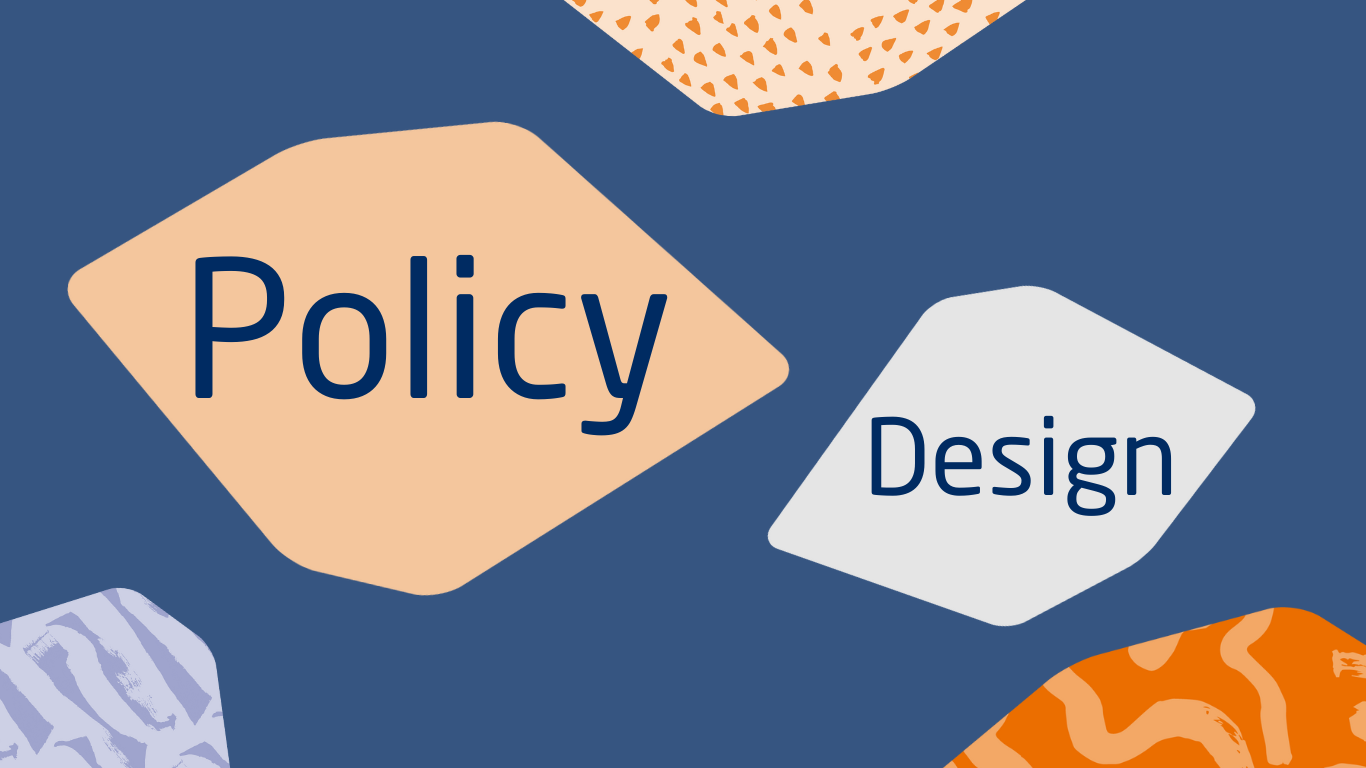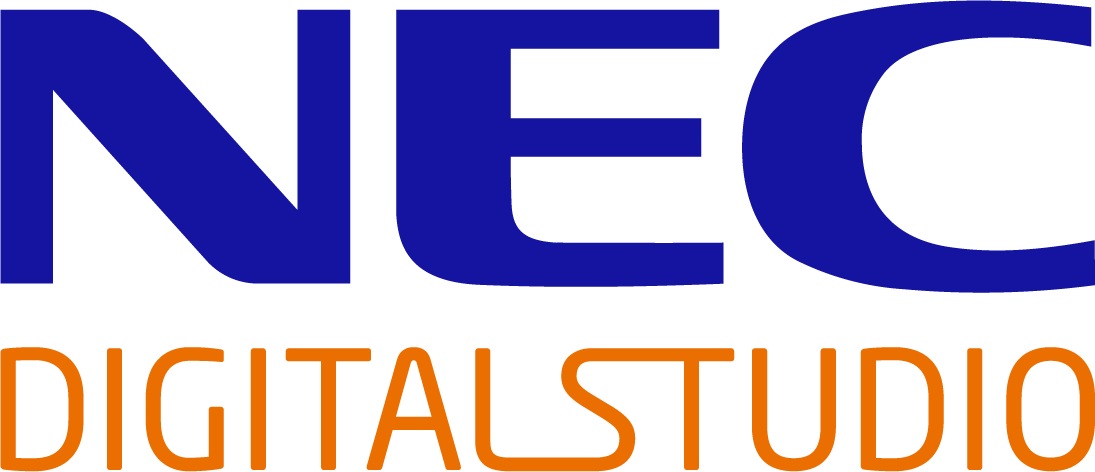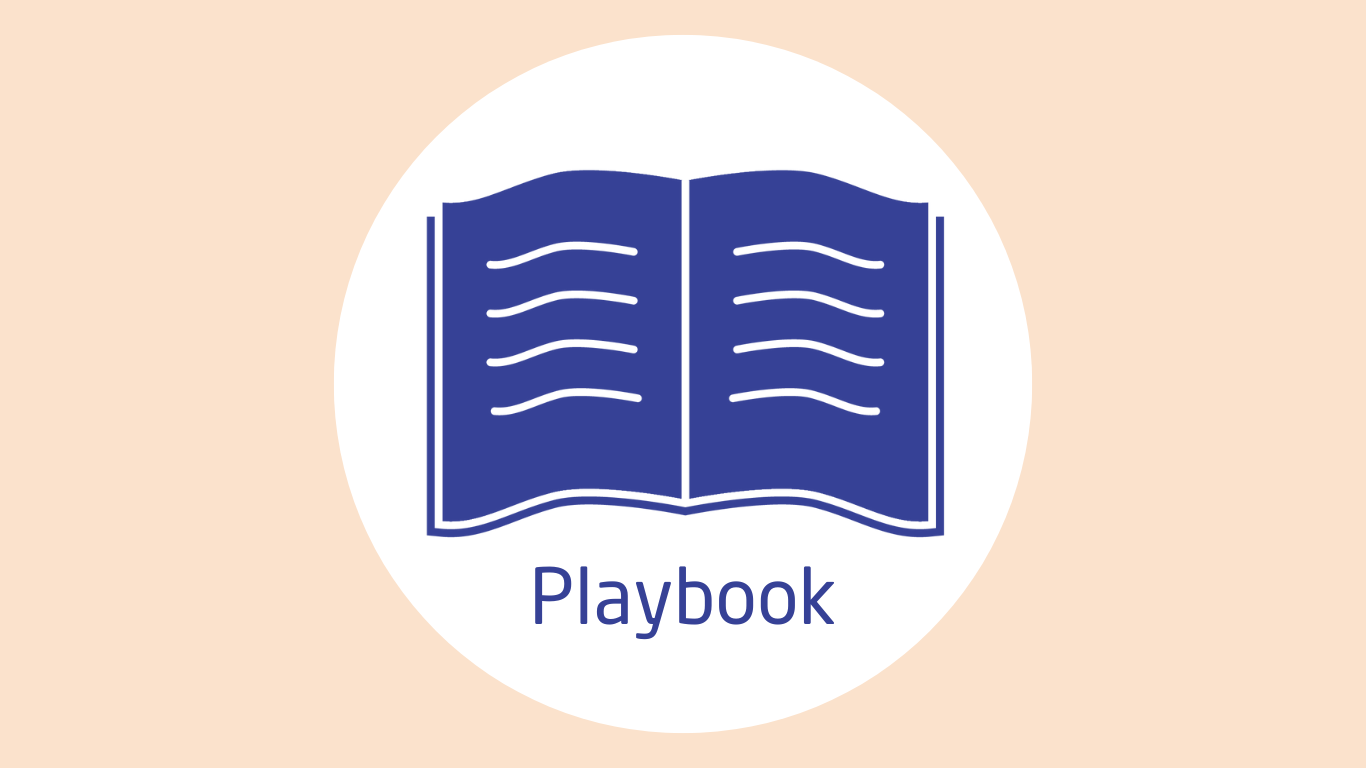 27 March 2025 · Articles
27 March 2025 · Articles
The Alpha phase: resist the temptation to rush it
The Alpha phase of an agile project is about looking at the findings made in Discovery and exploring what works. It’s a vital step on the path towards a great service that keeps things simple. Sometimes, it’s when you realise you’ve gone the wrong way, but we’ve learned to love that feeling. Because it means you’ll build something better in Beta.
The Alpha phase reshapes your ambition
Discovery can sometimes focus on the ideal world, but the Alpha phase helps you to test a service with the people who’ll use it. Once you’ve reviewed the different user needs found in Discovery, the job is to balance those needs with the business and policy ‘wants’ and the technical options.
If you’re new to Alpha, you might be tempted to panic that what you had in mind isn’t going to work. But the more projects you do, the more you understand that changing tack doesn’t mean you’ve gone wrong. Whenever our team has designed and built services, the changes made in Alpha have ranged from minor to complete and everything in between.
Use prototypes to see your service in action
Prototyping is a key part of the Alpha phase and it’s one of the biggest benefits of agile development. Jake McCann is Principal User Researcher at NEC Digital Studio:
“In Alpha, you might be testing a single hypothesis or choosing between possible options. Either way, prototypes are critical. Whether they’re paper-based or lo-fi digital, they turn words that can be misunderstood into clear pictures of what those words mean. It’s a great way to discount risky assumptions.”
Prototypes can also uncover improvements to the user journey. When we built a new landlord exemption register for the Department for Business, Energy & Industrial Strategy (now the Department for Energy and Net Zero), it was some sessions with landlords and estate agents that prompted us to test whether certain users needed an account. That took us in the right direction and ultimately delivered a better service for everyone. You don’t need to protoype everything though, just things where the risk is greatest. For example, if it affects the most users, involves tricky processes or where there’s disagreement over a feature.
Checking value in the broadest sense
The Alpha phase is also where you think, ‘is it worth it?’, but the concept of value should be kept broad. It’s not just financial aspects, like running costs, although they’re clearly key. It’s also the broader value to users and the communities around them.
We use Alpha to sense-check things like accessibility, bias and inclusion. Our content designers consider language skills, digital confidence and assistive technologies, and we go out of our way to engage the right users in testing at the right time. By looking at the user journey through different lenses, you can work out where digital works best and where assisted digital might step in.
Avoiding ‘overthinking’ (plus other top tips)
Beta is where the development costs kick in, but it’s worth remembering that you can’t test everything beforehand. It’s better to spend time working out the right things to test in depth than spreading yourself too thin. However much we make online services that feel personal, there will always be people that need something else. The most important thing as you move into Beta is knowing where that line is.
Here’s some other tips for a smooth Alpha phase:
- Go in with an open mind: your direction of travel might change a little or a lot – either is fine, and your service will be better for it.
- Learn to enjoy ‘failing fast’: you will, without doubt, get things wrong. But they can be reworked and retested far more simply in Alpha.
- Embrace the natural tension: Alpha brings different specialisms together, from content designers to software developers and infrastructure experts. They won’t always agree at first, and that’s how you get to the right place.
- Keep a one-team ethos: blame is a waste of time, so we just don’t do it. We focus on finding quick solutions to shared issues and moving forward.
_______
This article is part of a series looking at the different phases of agile projects. Find out how to get the most from the Discovery and Beta phases or get in touch with our team.


